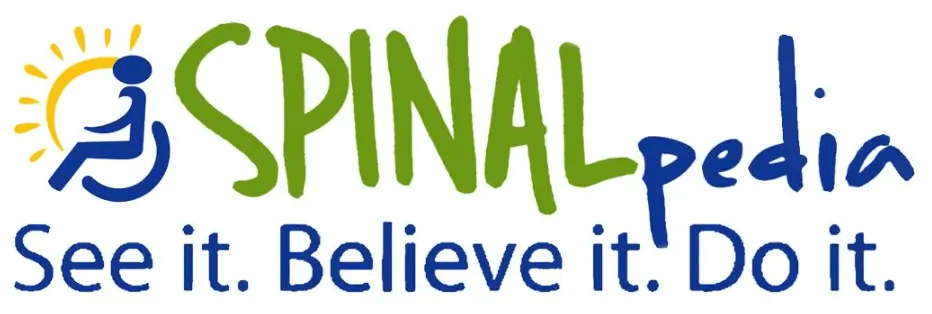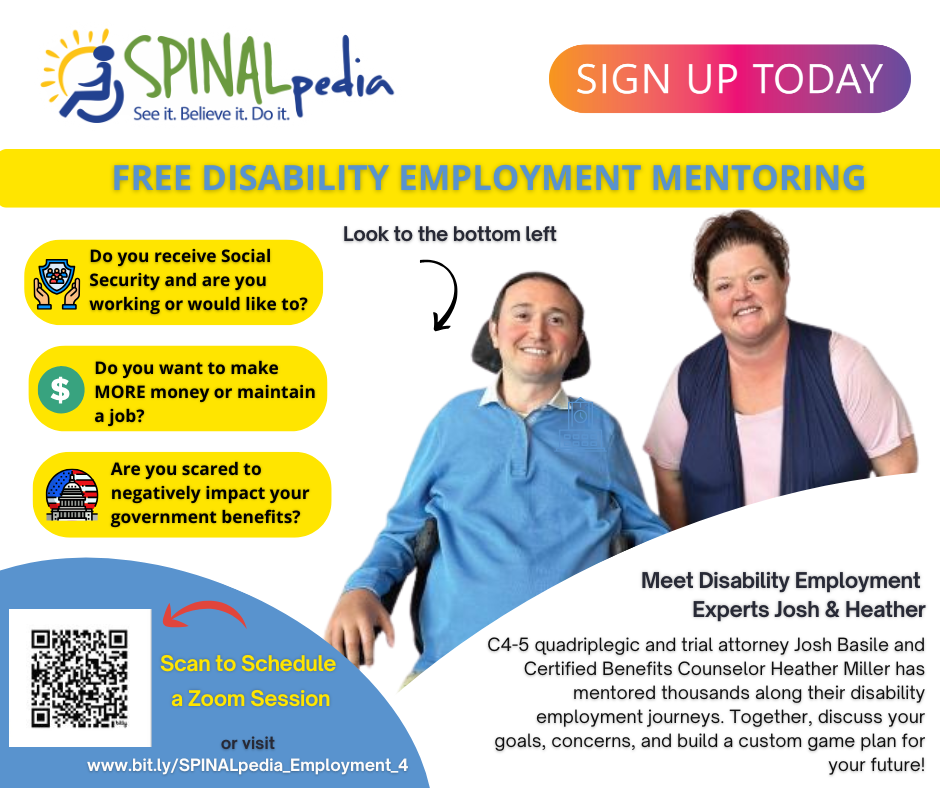What is a Medicaid buy-in program?

Medicaid buy-in programs give workers with disabilities the opportunity to maintain their eligibility for Medicaid services while holding a job. Medicaid eligibility requirements often force people with disabilities to choose between healthcare and work, as people with disabilities must earn under a certain income level in order to receive Medicaid. Medicaid buy-in programs aim to remove this barrier to employment by giving people the opportunity to maintain Medicaid eligibility while making an income.
Through Medicaid buy-in programs, workers with disabilities can pay a premium to keep their Medicaid eligibility. Through this program, workers with disabilities can exceed Medicaid income requirements and still maintain their healthcare.
If I need Medicaid and/or long-term care supports, why is a Medicaid buy-in program important?

Medicaid is incredibly important to people who need long-term care supports. Medicaid is the only healthcare plan that covers long-term services for individuals with disabilities. Living with a substantial disability is incredibly expensive, meaning many people with disabilities rely on Medicaid to receive the care they need. Unfortunately, Medicaid has strict income eligibility requirements, forcing people with disabilities to choose healthcare over work.
The Medicaid buy-in program is important because it allows people with disabilities to exceed Medicaid income requirements while maintaining their health care services. Medicaid buy-in programs ensure that workers with disabilities can participate in the workforce while still receiving the health care services they need to live safely in the community.
If I am a worker with a disability, is a Medicaid buy-in program the only way I can keep my Medicaid?
Medicaid buy-in is the best way to ensure that workers with disabilities can keep their healthcare. While it is possible for workers with disabilities to maintain their Medicaid eligibility without participating in Medicaid buy-in, these workers cannot exceed Medicaid’s monthly income requirements. This means that most workers with disabilities who do not participate in Medicaid buy-in can only work part-time or minimum wage jobs to ensure they do not lose their healthcare. Medicaid buy-in programs have much more flexible income requirements, meaning employees with disabilities can make more income while keeping their healthcare services.
Does my state have a Medicaid buy-in program?
To find out if your state has a Medicaid buy-in program, visit https://www.kff.org/other/state-indicator/medicaid-eligibility-through-buy-in-programs-for-working-people-with-disabilities/. This website details the monthly income limits for each state’s Medicaid buy-in program, along with the asset limits for each state’s program.
How do I learn more about my State’s Medicaid buy-in program?
To learn more about your state’s Medicaid buy-in program, fill out our brief survey at https://forms.gle/mYgiHp8EcQRdZBTQ9. Soon, one of our disability employment advocates will connect you with the information you need to determine if your state’s Medicaid buy-in program is right for you.
What program rules and areas should I look into when it comes to my state’s Medicaid buy-in program?
There are many program rules to pay attention to when it comes to deciding whether or not to participate in your state’s Medicaid buy-in program. These rules are income limits, asset limits, age requirements, rules on marriage, premium costs, and money for retirement.
- Income Limits: Income limits for Medicaid buy-in programs determine how much income you can make per month while maintaining your Medicaid eligibility
- Asset Limits: Asset limits determine how much money in assets you can have before losing your Medicaid eligibility. Assets include countable resources such as homes and vehicles.
- Age Requirements: Each state has a different age requirement when it comes to Medicaid buy-in programs. Some states only allow persons with disabilities between the ages of 16 to 64 to participate in Medicaid buy-in programs, while other states allow people ages 16 and above to participate.
- Rules on Marriage:Some states take into account spousal income and assets when it comes to determining Medicaid buy-in eligibility.
- Premium Costs: Most states charge a premium to participate in their Medicaid buy-in program. Premiums can range from $0, to $25, to $55. Make sure to check your state’s Medicaid buy-in premium cost to determine whether or not you can participate in your state’s buy-in program.
- Money for Retirement: Some states take into account your retirement savings when determining Medicaid buy-in eligibility. If your state counts retirement savings as an asset, your amount of savings may affect your eligibility for the Medicaid buy-in program.
If I want to change different rules with my State’s Medicaid buy-in, what can I do?
Unfortunately, many Medicaid buy-in programs have income limits, age limits, and marriage requirements that create barriers for people with disabilities to live fully in society. The good news is that many disability advocates across the nation are working with their state’s legislators to reform their Medicaid buy-in programs. If you want to reform your state’s Medicaid buy-in program, contact your state level representatives and local disability advocacy organizations. States like Washington have already passed significant reforms to their buy-in programs, such as eliminating income limits and age limits for buy-in eligibility.
If you are interested in reforming your state’s Medicaid buy-in program, please contact team@spinalpedia.com. Our disability advocates have vast experience in working with state representatives to reform healthcare laws, and we can help assist you in changing the laws in your state for the better.
Do you need help with employment and disability benefits post-spinal cord injury or any kind of disability? Whether you’re trying to return to work, find a new career, or navigate Medicaid or Social Security under new circumstances, we offer FREE video chats with our disability employment experts, C4-5 quadriplegic and trial attorney Josh Basile, and Certified Benefits Counselor Heather Miller, who can answer any questions you may have. Set up a video call today by clicking the following link: https://bit.ly/SPINALpedia_Employment_4










